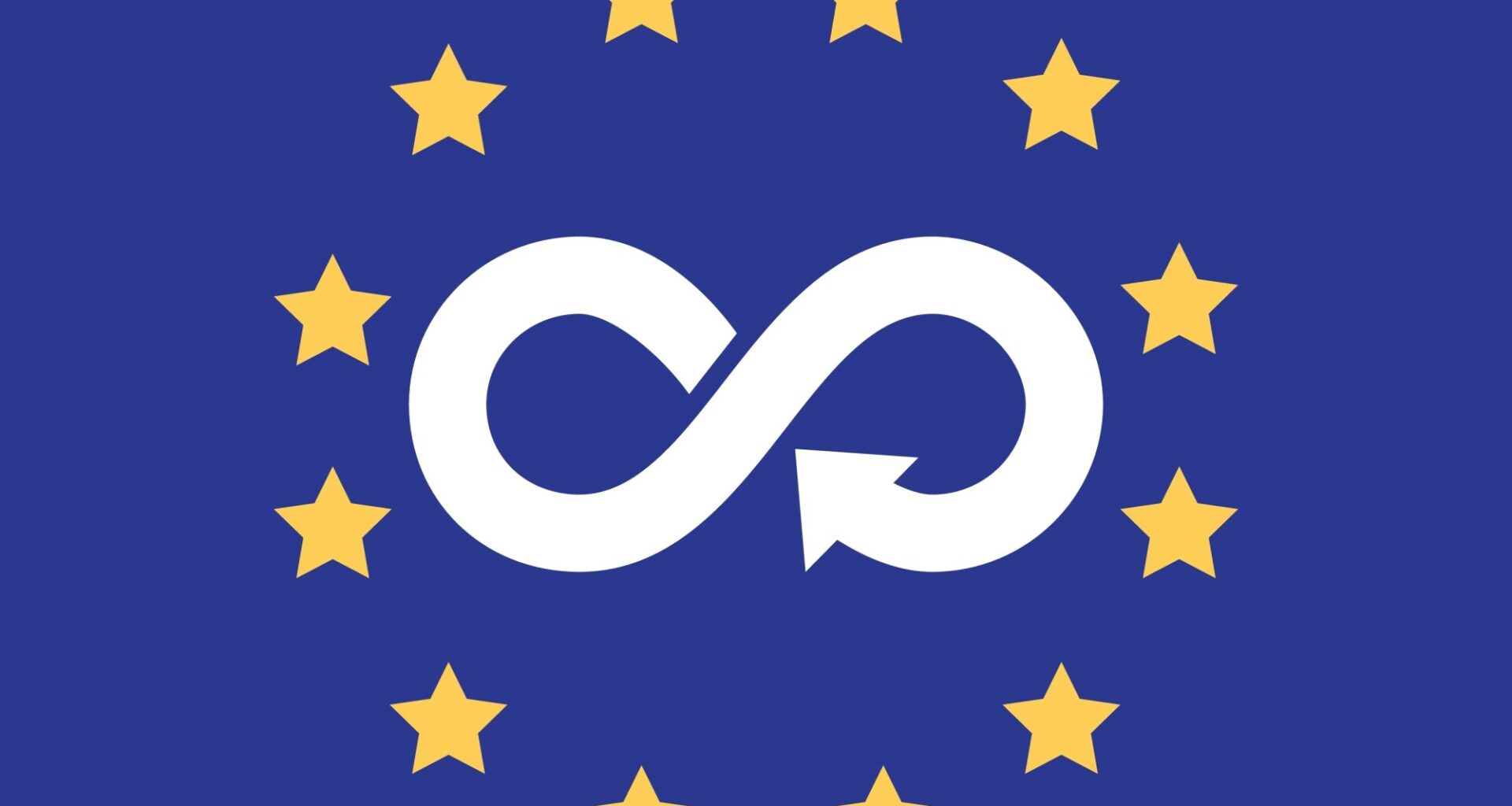These measures are paving the way for the landmark Circular Economy Act, scheduled for 2026, and form part of the EU’s broader climate and competitiveness goals under the Competitiveness Compass and Clean Industrial Deal.
By championing practices such as reuse, recycling, and remanufacturing, the EU aims to double the share of recycled materials in its economy – an ambitious step toward climate neutrality by 2050.
Jessika Roswall, Commissioner for Environment, Water Resilience and a Competitive Circular Economy, highlighted the significance of the strategy: “We need to seize the transition to a circular economy as an opportunity for Europe to lead in innovation and competitiveness, and high environmental standards.
“As we shape the Circular Economy Act, we want input from businesses, citizens and other stakeholders to embed circularity across our society and economy.”
Strategic dialogue and action plan launched
The Commission has launched a high-level strategic dialogue on circularity, coinciding with a new legislative package to boost resource efficiency.
Among the headline initiatives are stricter waste shipment rules and an evaluation of the Waste Electrical and Electronic Equipment (WEEE) Directive.
This multi-faceted approach signals a coordinated effort to strengthen existing policies while laying the foundation for the Circular Economy Act.
A public consultation and a call for evidence are also being rolled out, inviting stakeholders to shape the legislation in the run-up to 2026.
Reducing costs and risks through circular practices
For EU manufacturers, who spend over twice as much on materials as on labour or energy, the circular economy offers a significant opportunity to cut costs and increase resilience.
With many industries dependent on imported raw materials, circular practices can help mitigate supply disruptions and price volatility.
In addition to economic benefits, circular strategies could deliver up to 25% of the greenhouse gas emissions reductions needed to reach climate neutrality, making them essential to the EU’s sustainability roadmap.
Digital Waste Shipment System to replace paper by 2026
One of the Commission’s key innovations is the rollout of a Digital Waste Shipment System, set to become fully operational by May 2026.
This digital transition will streamline cross-border waste movements within the EU, reduce red tape, and enhance traceability – curbing illegal shipments and ensuring waste is treated at the most efficient facilities.
The Commission also launched a public consultation to harmonise the classification of ‘green-listed’ waste, which can be shipped more easily across Member States. The consultation is open via the EU’s ‘Have Your Say’ portal until 31 October 2025.
Tackling the e-waste challenge
Electronic waste, growing by about 2% each year, remains one of the EU’s most pressing waste issues.
In response, the Commission has published a detailed evaluation of the WEEE Directive, which governs e-waste management. Findings reveal nearly half of e-waste goes uncollected and recycling rates still fall short of targets in many Member States.
The review calls for a revamped strategy to improve collection, treatment, and market incentives –essential steps to recover critical raw materials and reinforce a circular economy.
The evaluation will directly inform the upcoming revision of the WEEE Directive and the structure of the Circular Economy Act.
What’s next?
In the coming days, the Commission will unveil additional rules to improve recycling efficiency and material recovery from batteries – another key resource in the green transition. Ongoing stakeholder engagement through public consultations will continue to shape future legislation.
With today’s dialogue and supporting measures, the EU is not only accelerating its transition to a circular economy, but also building a more competitive, resilient, and climate-neutral future.
